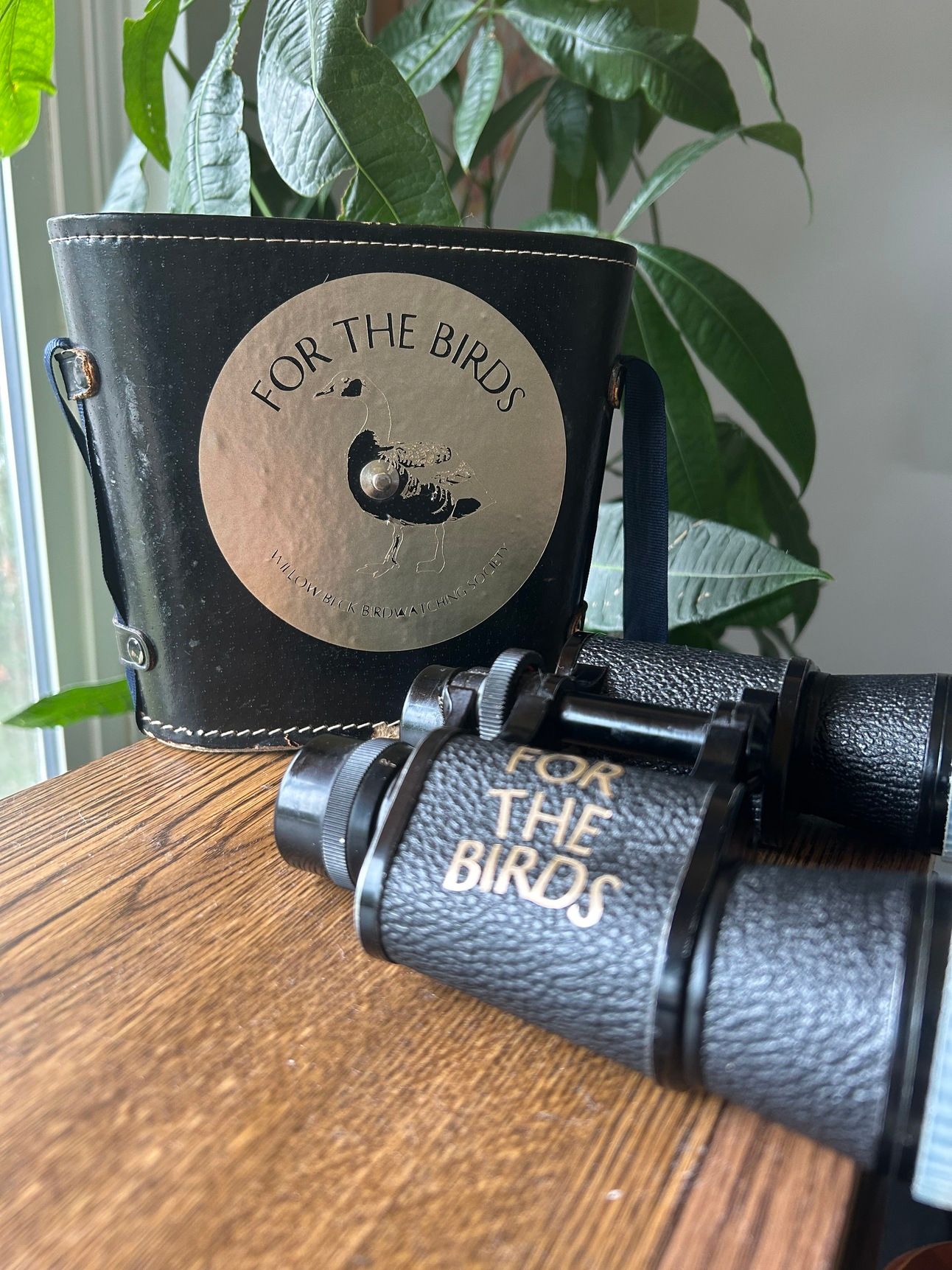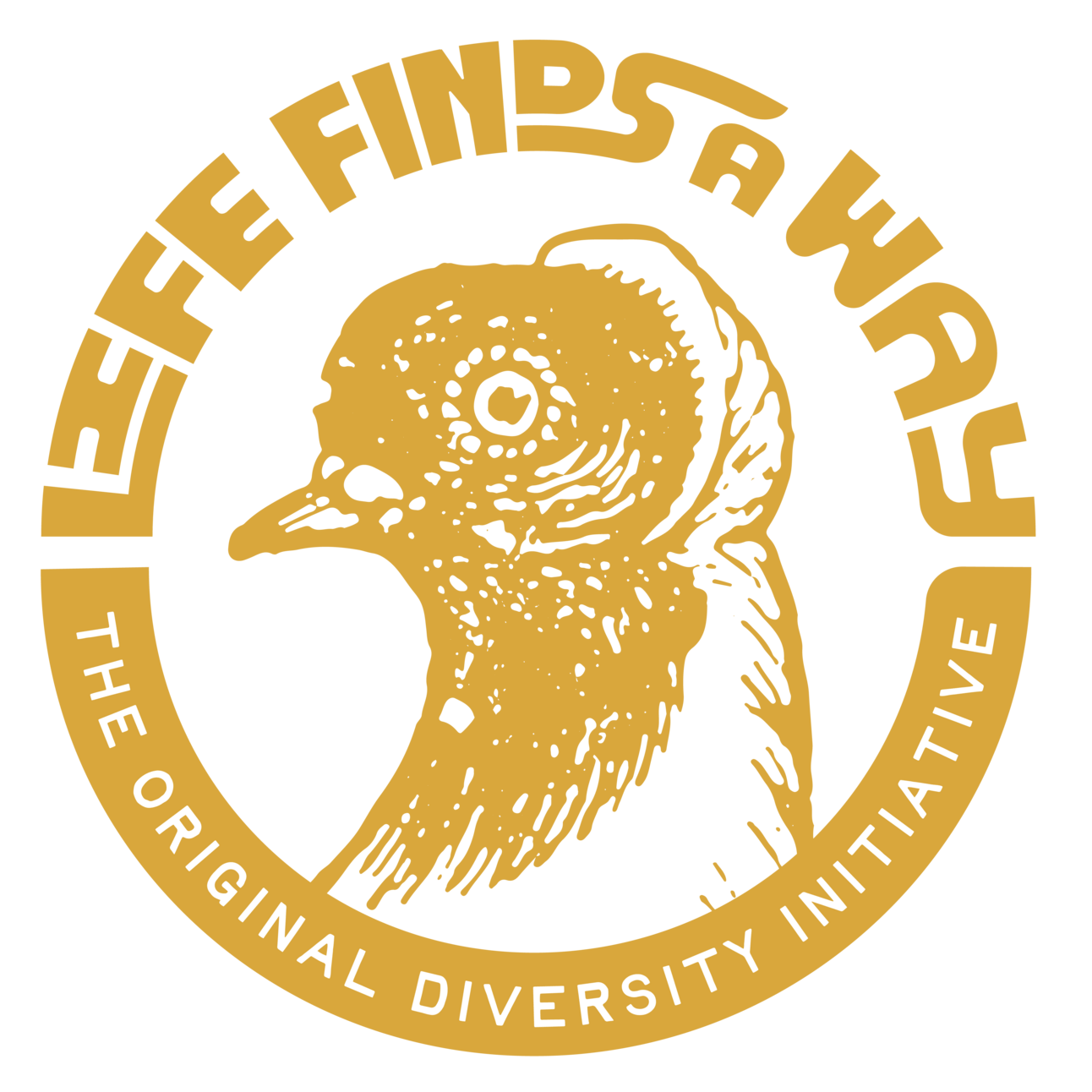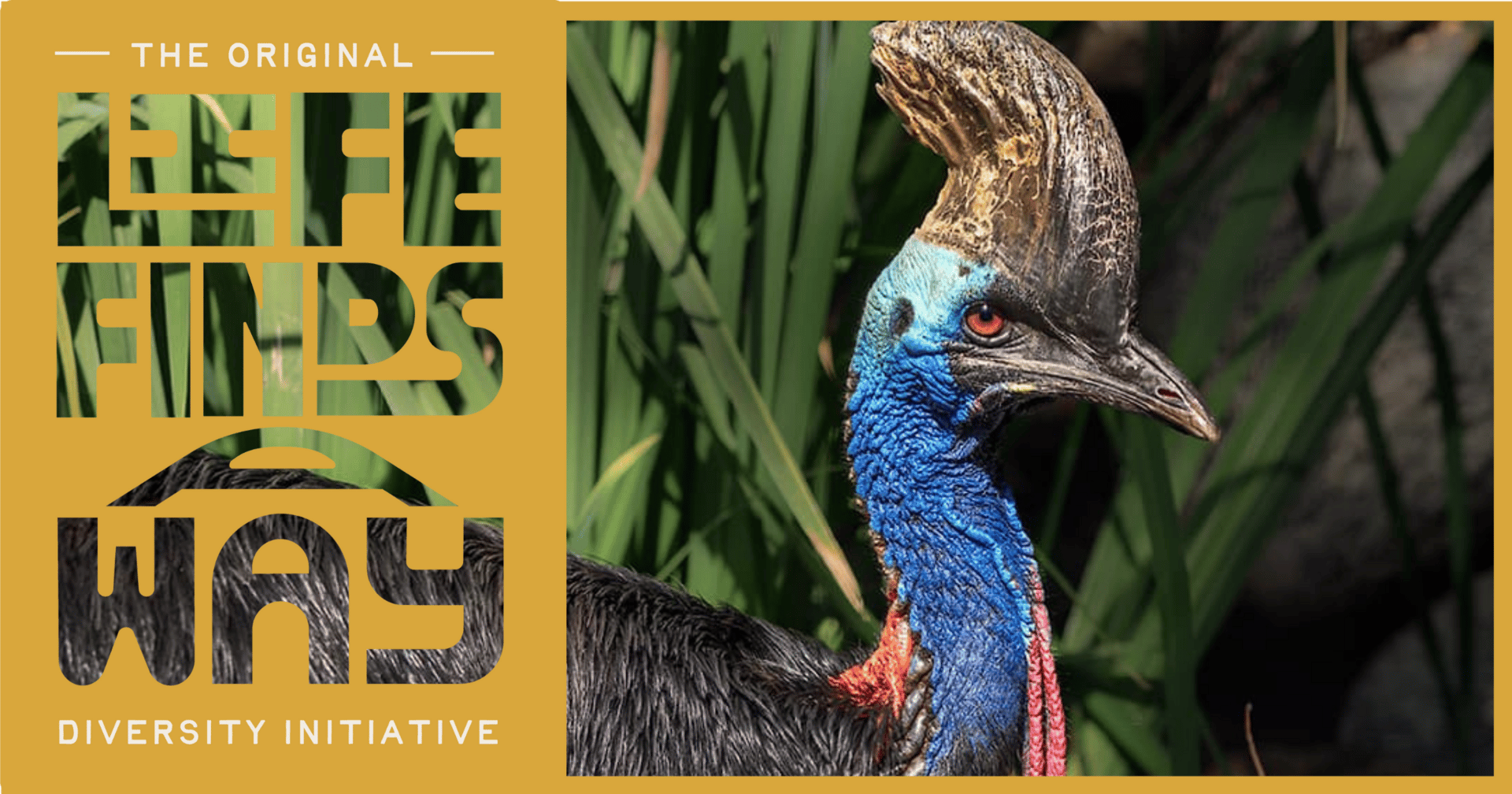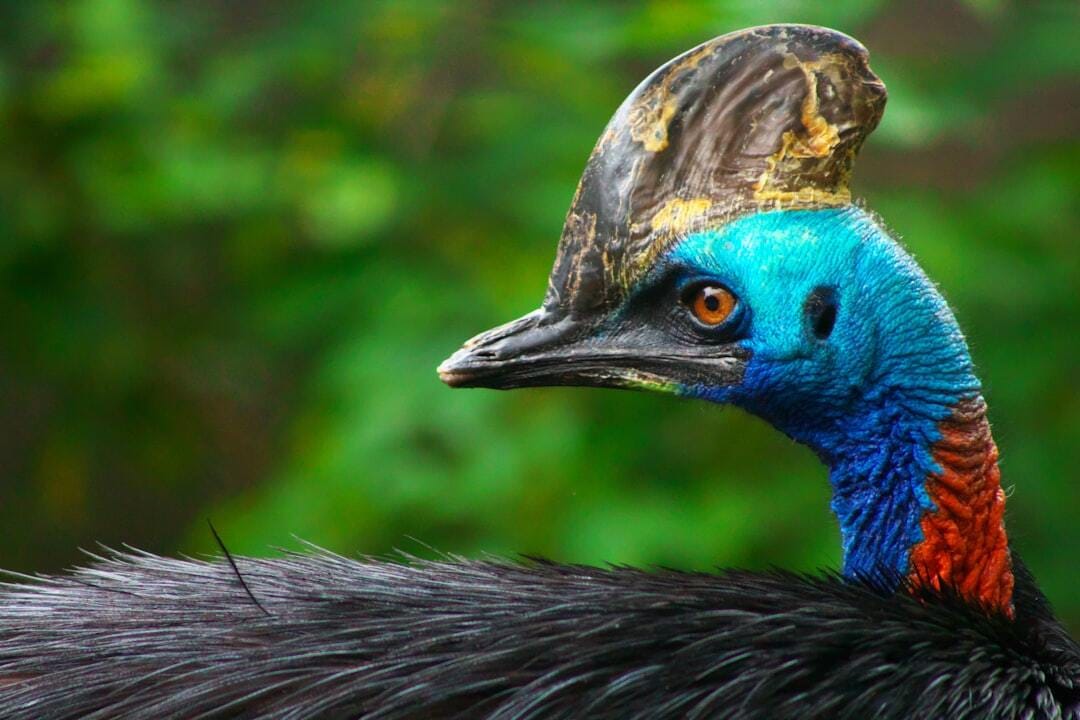
Welcome back.
What’s this? ANOTHER new column dropping within the same month? That’s right. When we say we’ve been busy behind the scenes, we’re not fucking kidding.
As a lover of a good animal fact, and as someone who was lucky enough to grow up with easy and frequent access to nature, and was basically destined to become the raging bird nerd I am today (shout out to my parents, who are probably on their blue bird monitoring route right now), I couldn’t be more excited to introduce you to Life Finds A Way: The original diversity initiative.

Why yes, these are my personalized birding binoculars, thanks so much for asking
Expanding the breadth of newsletters and podcasts we offer has always been the plan, but at the end of last year we really started thinking about how we can be most effective in achieving our mission of helping folks who give a shit answer the question “what can I do?”
We decided that the best way to make content that people want to engage with is by broadening our focus, creating spaces people can easily identify with, and hopefully provide an access point into taking action on all the important shit we cover in our flagship newsletter and podcast.
Parenting. Science Fiction. And now, nature!
In every issue, Life Finds A Way will use fascinating examples from nature to show how diversity, cooperation, and interconnection are just…how shit works. These aren’t exceptions or curiosities, but the standard operating procedure of evolution.
We’re bringing in guest writers from all over the science world to bring you one of these biological realities, and then connect them to the science and social issues humanity is wrestling with today, ending of course with measurable, reputable action steps you take with just one click.
We’re kicking it off with a bang today with a lovely piece by paleontologist, prolific science writer and previous pod guest, Riley Black!
This week, Riley explores the fundamentally broken idea we have about what sex is by looking at examples of sexual shifts in other species, like cassowaries, that force us to expand our understanding of sex differences beyond a binary.
I really, really love it, and I can’t wait to share it with you.
Thanks for giving a shit,
Willow
This is science for people who give a shit.
Every week, we help {{active_subscriber_count}}+ humans understand and unfuck the rapidly changing world around us. Join us (or else).
Together With Bookshop

Want to read what the people working on the frontlines of the future are reading?
Every week, I ask our podcast guest, "What’s a book you’ve read this year that’s opened your mind to a topic you haven’t considered before, or that’s changed your thinking in some way?"
And every week, we add their picks to a list on Bookshop, where every purchase on the site financially supports independent bookstores.
Want an ad-free experience? Become a Member!

Every Body Is A Sex Spectrum

By Riley Black
Riley (she/they) is a prolific science writer and amateur paleontologist.
They are the author of more than 10 books, including the critically-acclaimed The Last Days of the Dinosaurs, winner of the 2023 AAAS/Subaru Prize for Excellence in Science Books and most recently, When the Earth Was Green: Plants, Animals, and Evolution’s Greatest Romance.
Riley’s work has appeared in National Geographic, Slate, Smithsonian, Nature, Science, atmos, Popular Science, New Scientist, SIERRA, and more.
Watch a cassowary and it feels as if you’ve slipped backwards through time.
The crested, flightless, shaggy-feathered birds look as if they have stepped right out of the Cretaceous. The fact that they are known for slashing bothersome humans with their sharp toe claws, Velociraptor style, certainly underscores the fact that dinosaurs never really left and still strut among us as birds.
It’s so easy to get caught up in how primordial the colorful birds seem that it’s easy to miss an aspect of their biology that directly contradicts the notion that biological sex is binary.
Egg-laying cassowaries – what we usually deem females among birds – have phalluses.
The organs are modified clitorises that look like smaller versions of the phalluses possessed by sperm-producing cassowaries typically labeled as males.
But hold on a moment. The phallus of a sperm-producing cassowary isn’t like what zoologists have documented among us mammals. The organ isn’t directly connected to internal organs to ferry sperm from inside to outside. It’s more of a chute that connects to the birds’ single-service orifice for urination, defecation, egg-laying, and mating, or cloaca. The bird’s semen moves via the cloaca through the tube to an end that, as zoologist Bruce Bagemihl described it in Biological Exuberance (pg. 237), looks like the inverted, pushed-in finger of a rubber glove.
Without a doubt, cassowary reproductive anatomy strains linguistic and scientific convention.
Some cassowaries lay eggs, others produce sperm, but categorizing the birds as male and female in a strict binary completely misses their similarities and the way the birds undermine recent, western ideas of what sex is.
Alone, cassowaries might seem like outliers compared to what’s often assumed to be a near universal sexual binary. The opposite is true.
Join the Important Membership to read the rest.
Members get access to every issue of Life Finds A Way -- and everything else we make, too.
Start Your 30 Day Free TrialBenefits include:
- Your choice of our critically-acclaimed newsletters, essays, and podcasts
- A welcome sticker pack!
- Ad-free everything
- Your WCID profile: Track and favorite your actions while you connect with other Shit Givers
- Vibe Check: Our news homepage, curated daily just for you. Never doomscroll again
- Lifetime thanks for directly supporting our work



